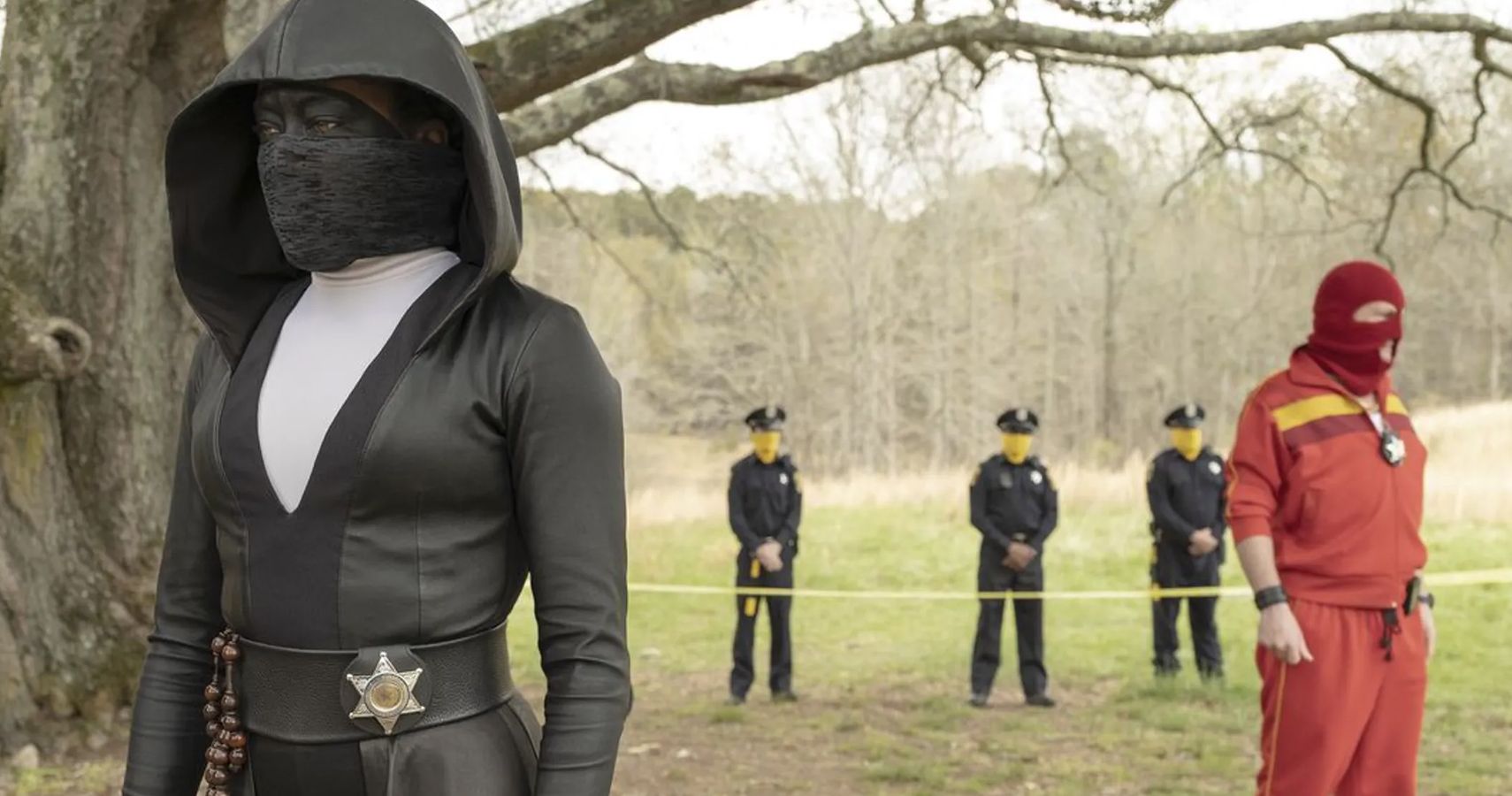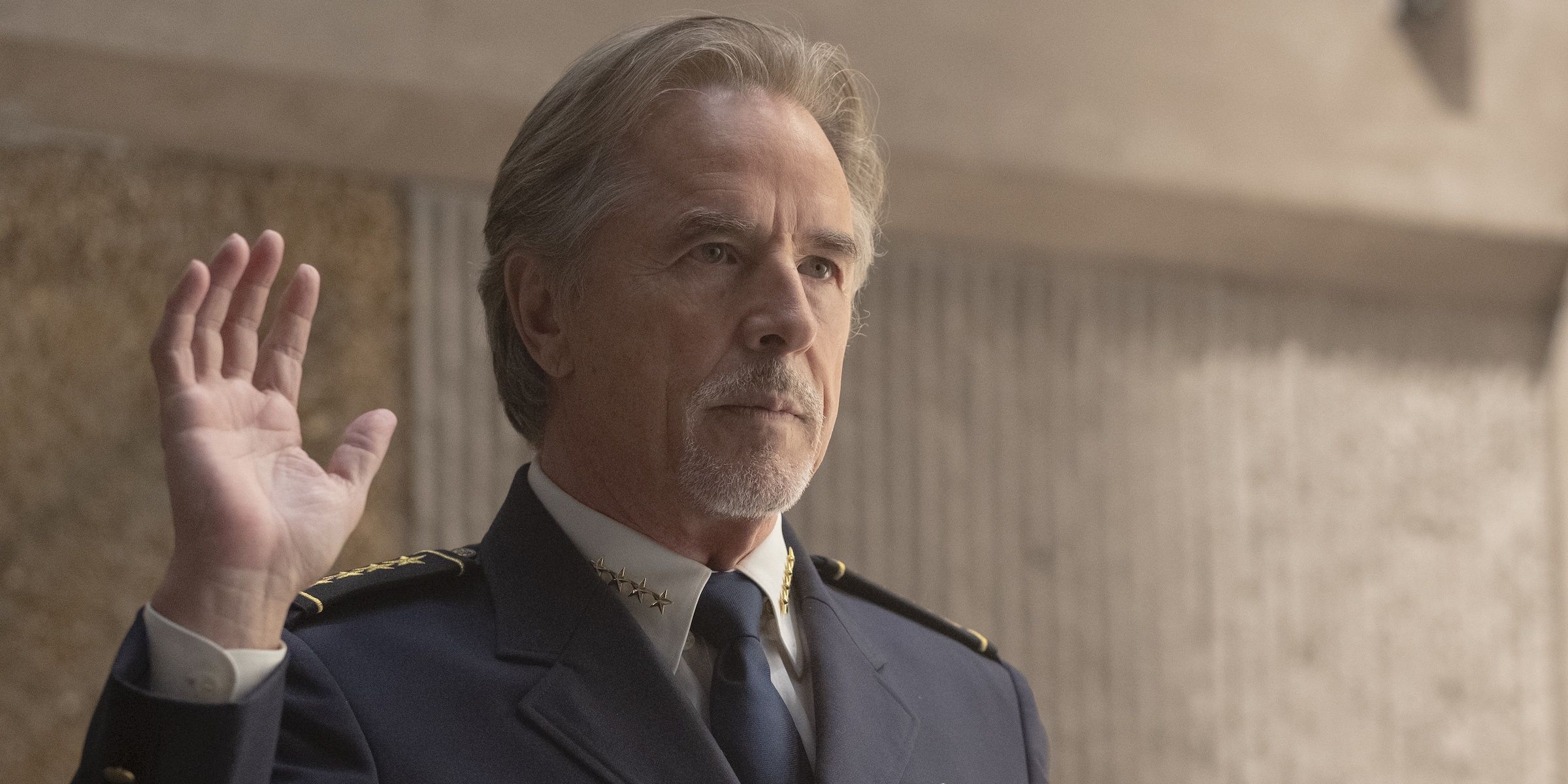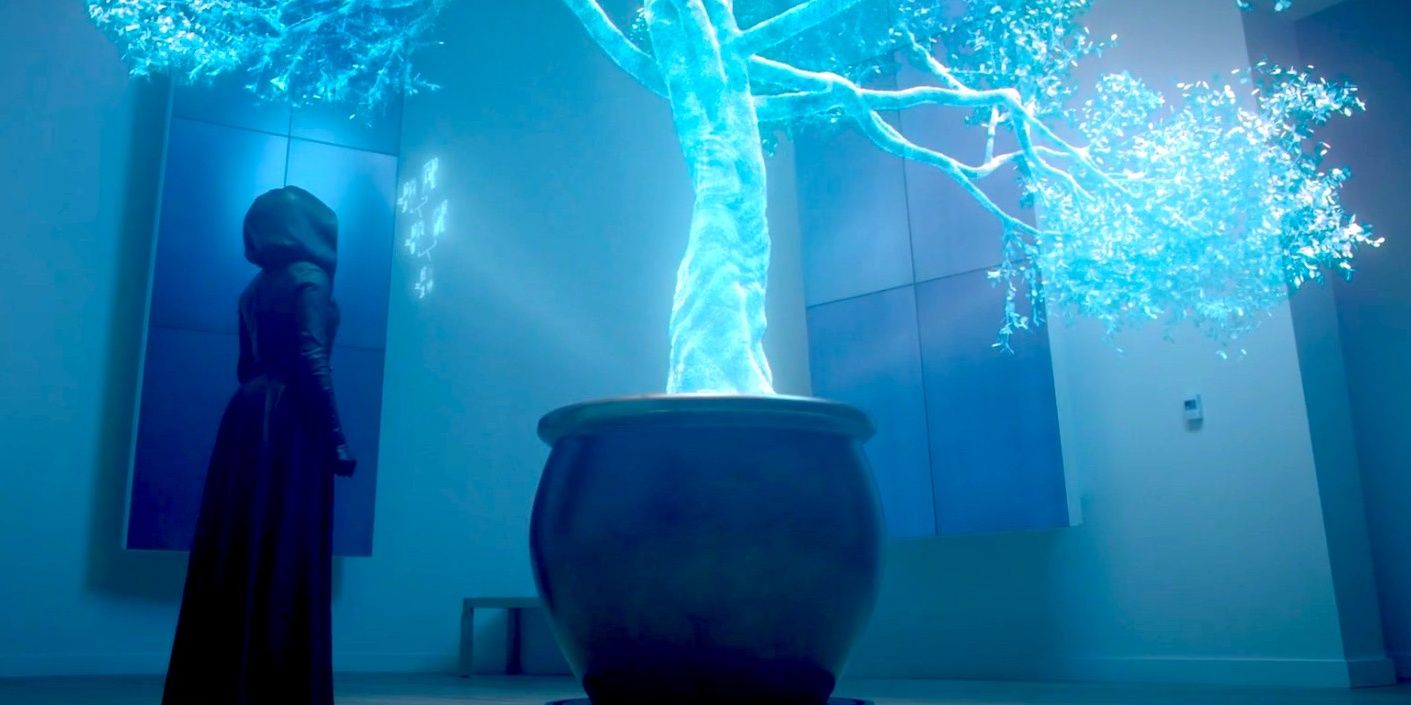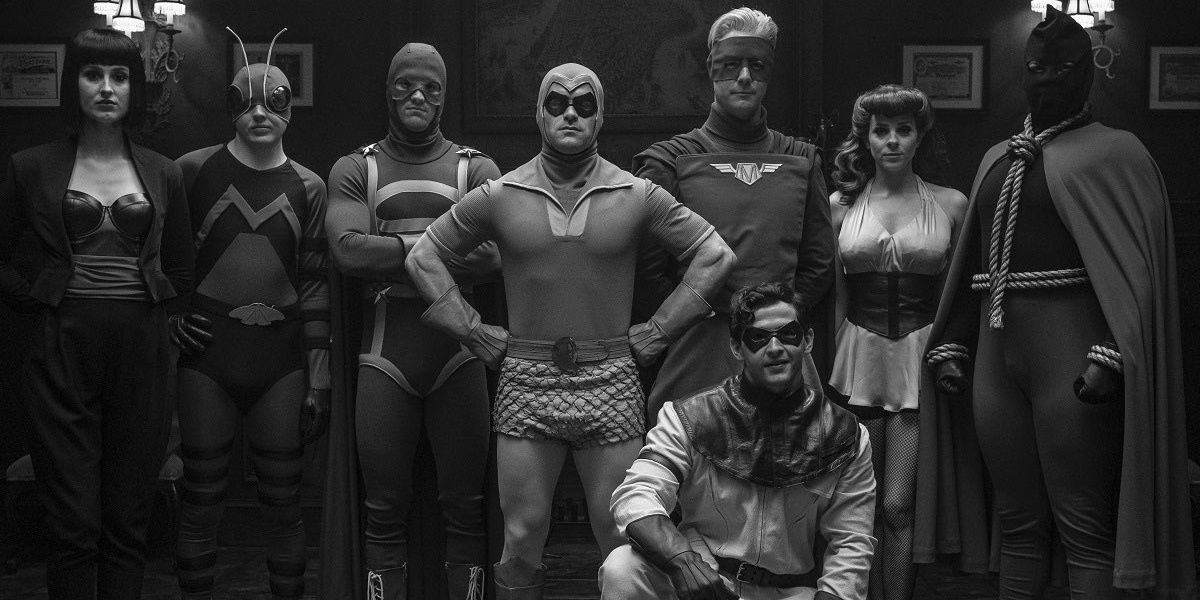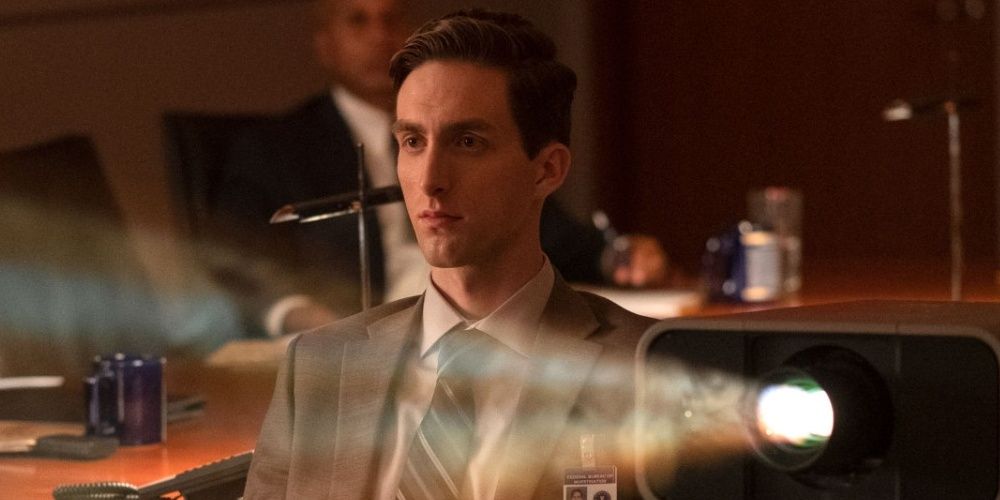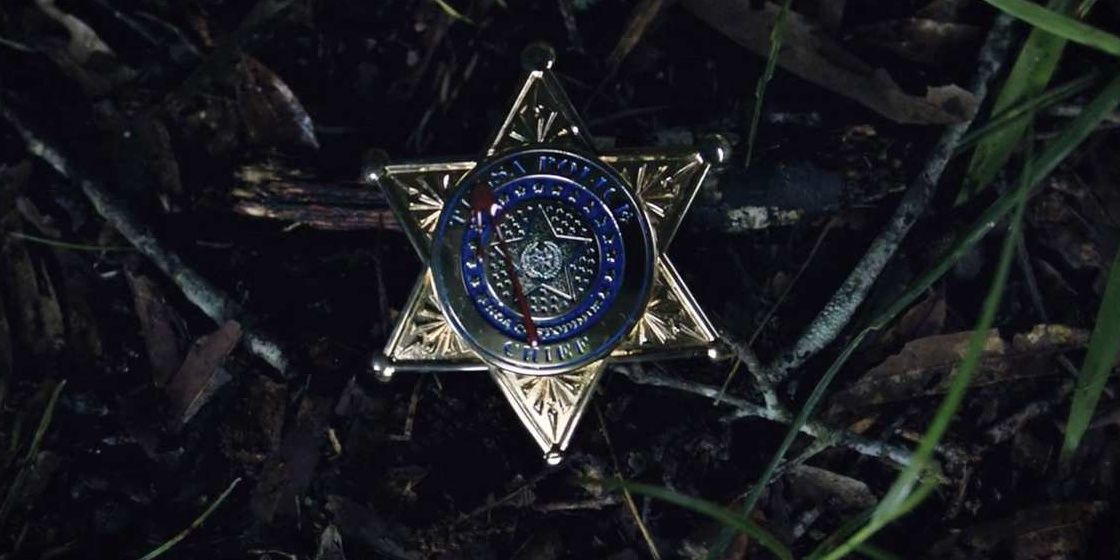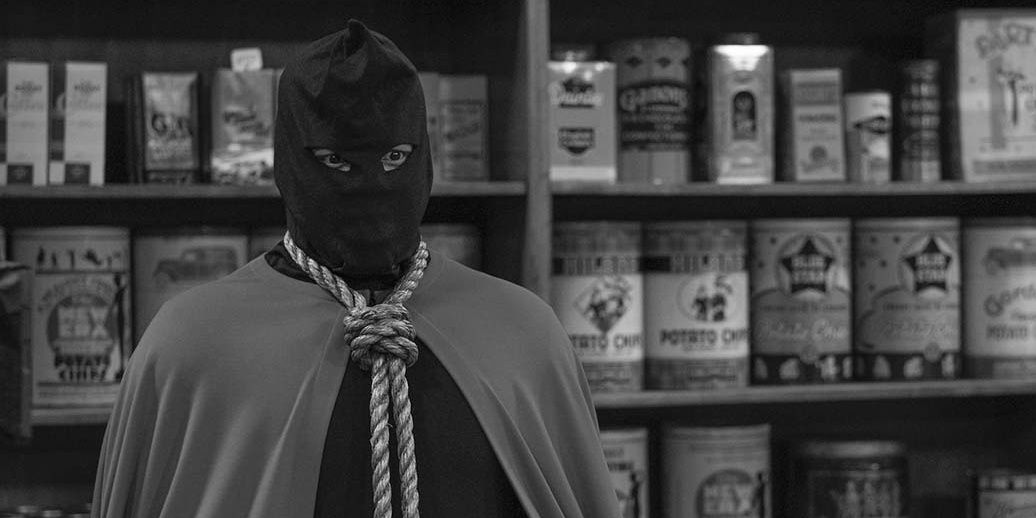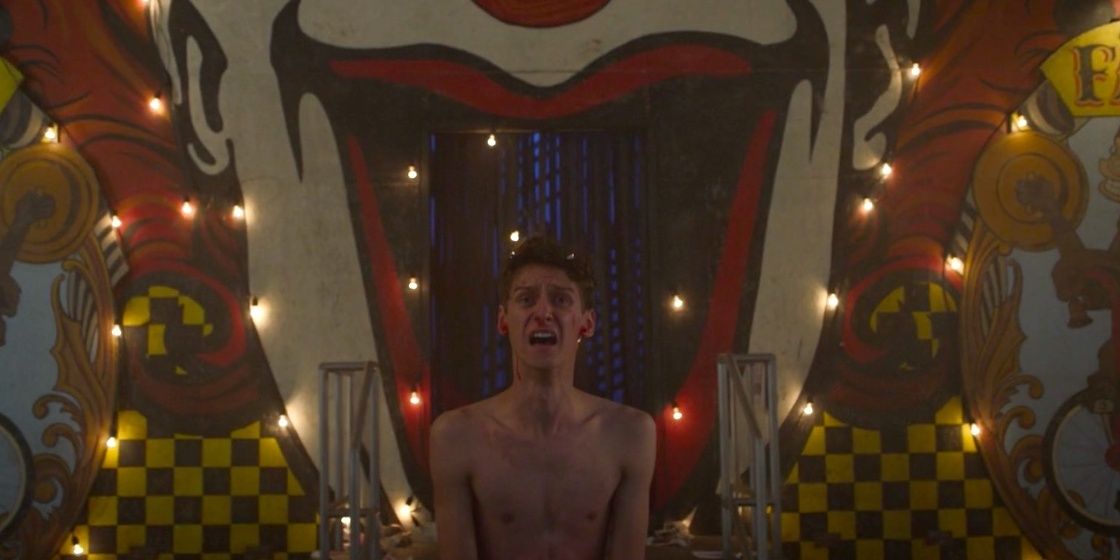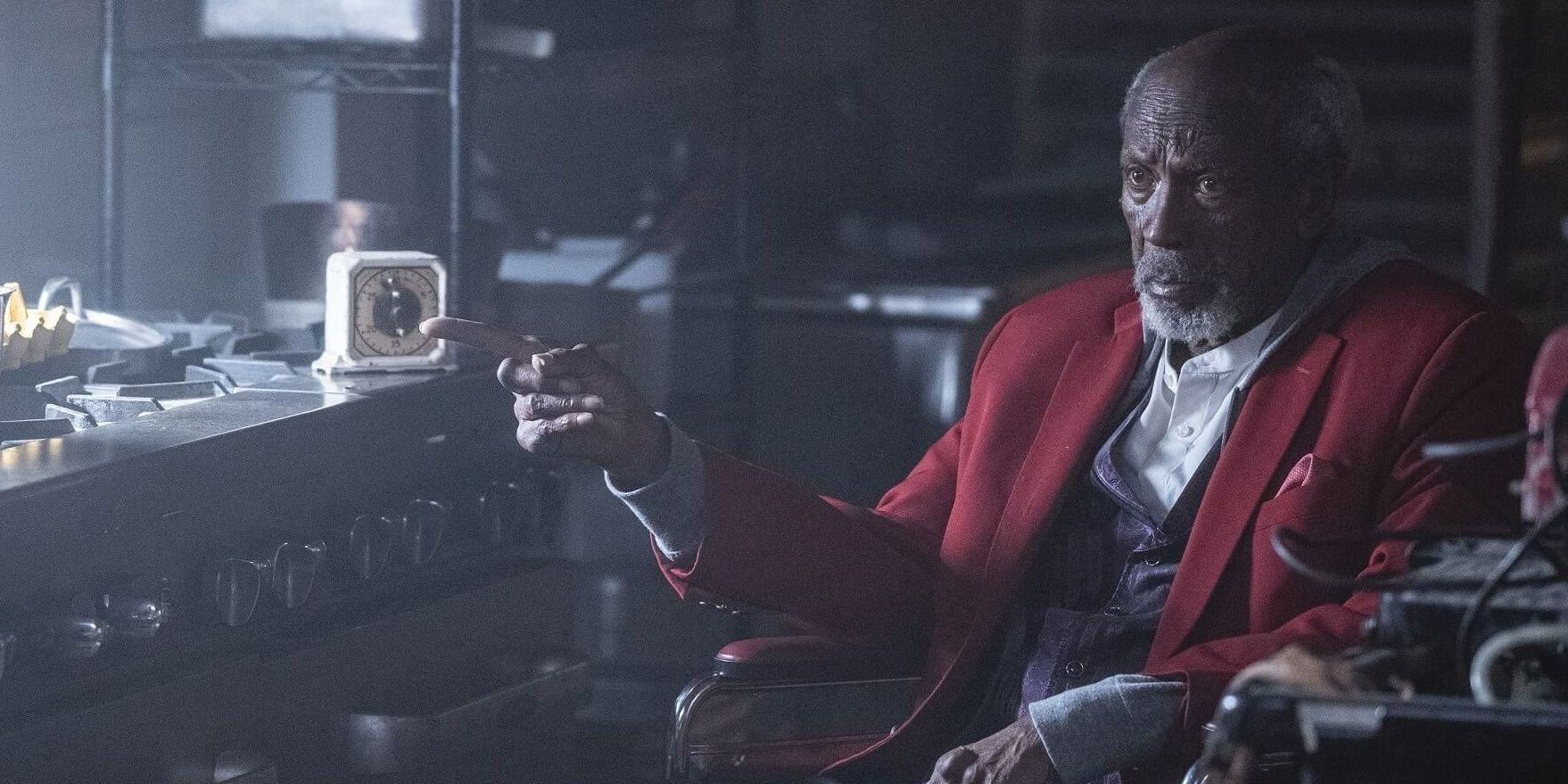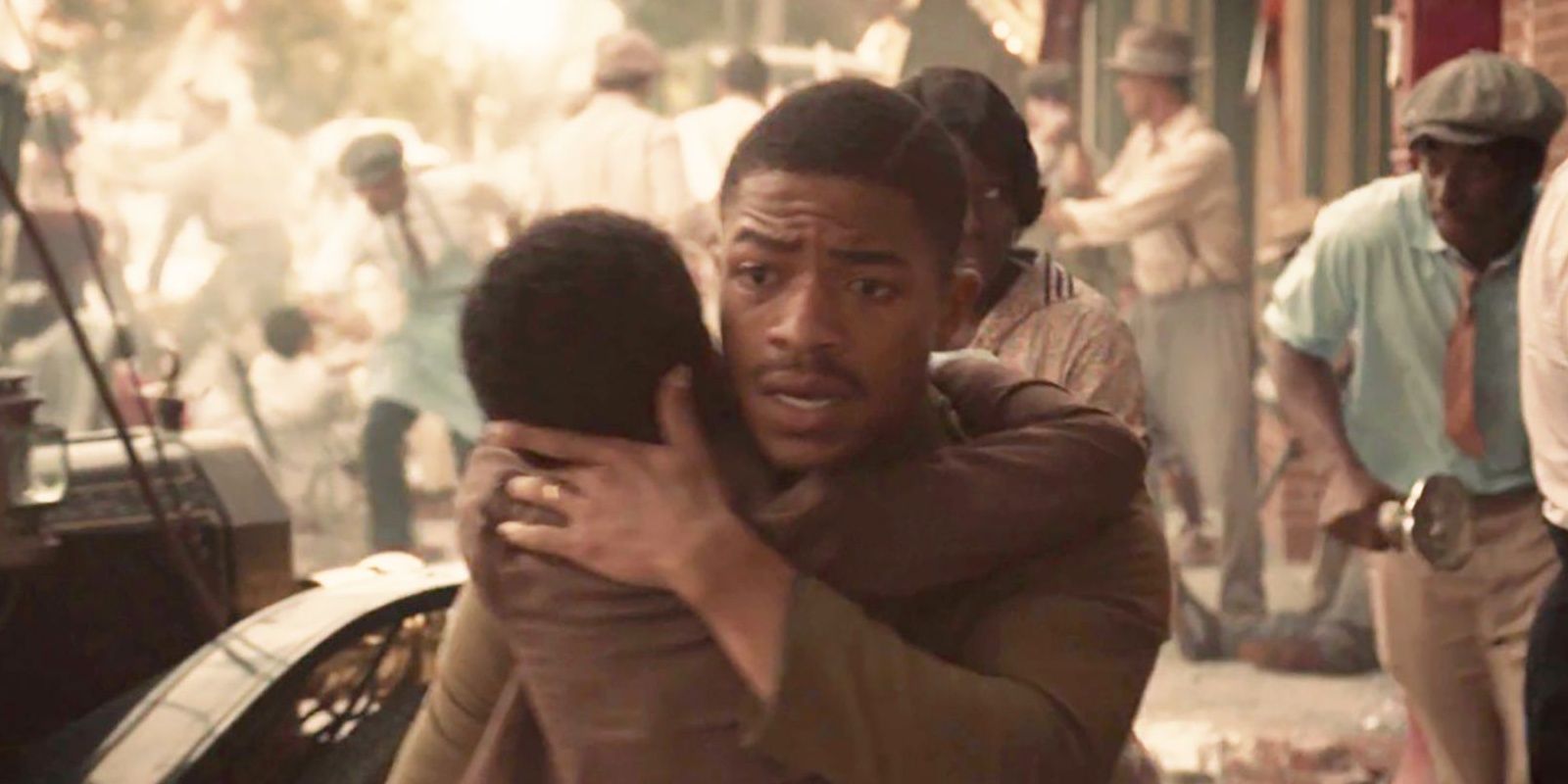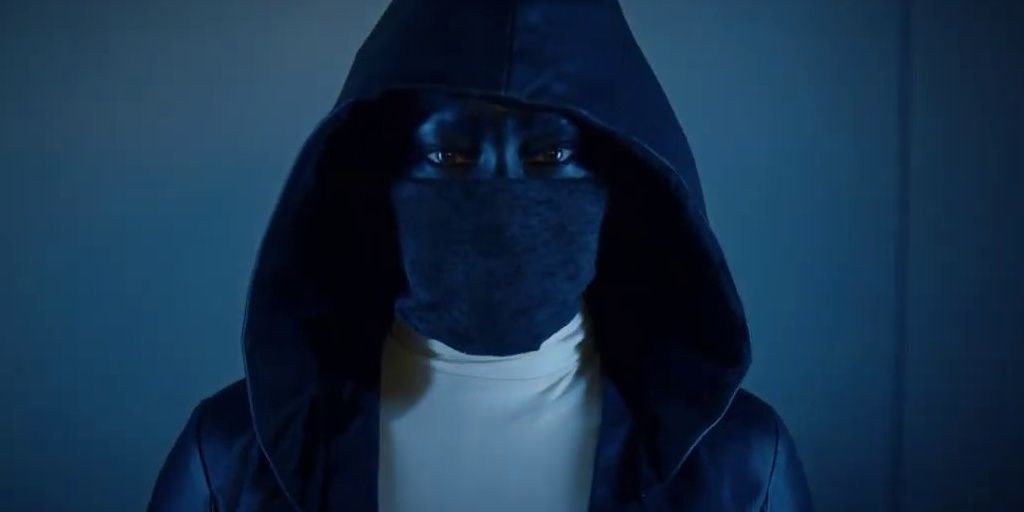Since hitting stands in 1986, Watchmen has been widely regarded as one of the best comic book series ever. Created by writer Alan Moore and artist Dave Gibbons, the 12-issue story deconstructed the entire superhero genre and reflected on society in a manner not typically seen in comics. The enormous success Watchmen has received, along with its ambiguous ending, deemed it difficult to follow.
Despite the daunting task, there have been two sequels to the story. The first is Doomsday Clock, a 12-issue comic series set in 1992 that combines characters from the DC and Watchmen universes. The second is an HBO live-action series that takes place in Tulsa, Oklahoma in 2019. While both have been acclaimed, the series honors the source material with a different focus. Here are ten reasons why the HBO series is a worthy continuation of Watchmen.
10 Compelling Mystery Sparked By A Murder
In the opening pages of Watchmen, Edward Blake (The Comedian) is killed by a masked assailant and the ensuing investigation reveals shocking revelations about the universe. The story ends with the discovery of a grand scheme to band the US and the Soviet Union, the two big Cold War forces, together against a common enemy.
Like the comic, the plot of the HBO series is sparked by the murder of an important figure: Tulsa Police Chief Judd Crawford. The event leads to the uncovering of information that could have similar, if not worse, consequences for the Watchmen universe.
9 Unusual, Advanced Tech
Despite taking place in 1985, the alternate reality of Moore's world features technology and science not available in reality. From the Owlship to a manufactured alien squid, these advanced creations are only used by costumed vigilantes.
In the HBO series, tech is more available to the public yet varies in its advancement when compared to reality. In 2019, due to a fear of tech, people in the Watchmen universe aren't using everyday tools like the internet or cellphones. Yet when it comes to unusual advancements, the public has access to things like cloning and holograms.
8 Backstory
Even though Moore criticized the superhero genre with Watchmen, he still referenced it in some ways. One staple of the genre is the role of a universe's backstory. Before the Watchmen were the Minutemen, the first generation of masked vigilantes who operated in the 1940s.Due to several controversies, the group disbanded in 1949.
Yet even in 1985, when Watchmen takes place, their impact and influence are still felt. The same can be said for the characters of the HBO series in 2019, who not only deal with events from the previous generation but as far back as 1921.
7 Supplementary Material
At the end of each issue of Watchmen are text-based supplementary materials that add to the comic's backstory. These materials range from chapters of an in-universe book to a character's psyche evaluation.
For the series, HBO released world-building content in the form of Peteypedia, a website featuring media documents about the Watchmen universe. It is named after special agent Dale Petey, a historian and Laurie Blake's (Silk Spectre II) FBI partner in the Crawford investigation. Updating after the airing of each episode, Peteypedia touches on the 34-year gap between the comic and the series, along with current events.
6 Easter Eggs
One reason Watchmen is so beloved is its re-readability. Packed in the colorful panels are many easter eggs that range from developing the story to just being novel treats. Unsurprisingly, Showrunner Damon Lindelof and his team did the same with the series.
Like the comic, the eggs range in importance. Some are references only readers would truly understand like the iconic blood splash while others like Rorshach's journal help explain the state of the universe post-Watchmen. Like Moore, Lindelof believes in rewarding fans who pay extra attention.
5 Unconventional Storytelling
Unconventional storytelling is not new to Watchmen. Because the comic starts with The Comedian's death, Moore utilized flashbacks to develop him and the universe before the event. Also, the narrative of Watchmen is mixed with an in-universe comic called Tales of the Black Freighter and chapters of an in-universe novel called Under the Hood.
Known for his nonlinear storytelling in drama series Lost, Lindelof honors the preference Watchmen had for unconventional storytelling in ways beyond the traditional flashback.
4 Traumatized Characters
One of the most praised aspects of Watchmen is the grounded manner masked vigilantes are depicted. In the comic, the superheroes are revealed to all have severe trauma in their lives -- a big factor in why they become who they are. In HBO's Watchmen, the new characters are no different.
The series explores how these crimefighters end up behind the mask by focusing on their worst moments. By doing so, Lindelof implies his agreement that individuals who choose the vigilante life are usually compelled by their dark pasts.
3 Explores Current Anxieties And Issues
In the 1980s, a significant concern was a possible nuclear war between the US and the Soviet Union. Setting the story in 1985 in an alternative reality with superheroes, Moore used Watchmen to explore Cold War anxieties. Influenced by Moore but not wanting to copy him, Lindelof moved the story to 2019 and focused on a current anxiety: race.
Throughout the series, Lindelof and company explore the topic with history lessons, plot points, and characters revolved around it. Like Moore, Lindelof used a superhero story to explore the real issues around him.
2 Encourages Discussion
It isn’t a coincidence Watchmen focused on a society's most hot-button anxieties. At its core, the comic was always meant to push readers to think and talk about the Cold War from new angles not possible in reality. The HBO series does the same with race.By depicting real historical events in a superhero universe, viewers can see and interpret today's issues from a unique lens.
Like the comic, the series goes beyond telling a fictional story and actively encourages discussion about real past and current events.
1 Takes Risks
In hindsight, Watchmen was renowned because it dared to do what many other comics wouldn't dare. By profusely honoring it throughout the series, it's apparent Lindelof and company hold the comic in high regard. Yet even with the clear reverence, they chose not only to continue Watchmen but to challenge it.
Following Moore's example, Lindelof and his team did not allow the significance of past acclaimed work prevent them from taking risks. Like Moore, they did what was necessary to elevate the story.

